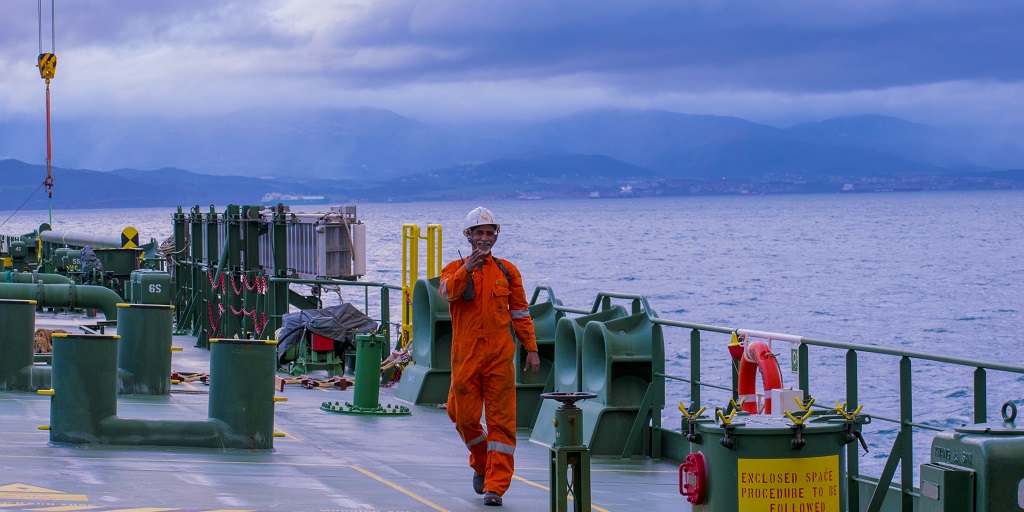Vision, Principles and Goals

At its 20th session in November 1997, the IMO Assembly adopted resolution A.850(20) on Human element vision, principles and goals for the Organization.
This resolution recalled both:
- resolution A.680(17), which invited Governments to encourage those responsible for the management and operation of ships to develop, implement and assess safety and pollution prevention management systems; and
- resolution A.772(18), concerning fatigue factors in manning and safety, which aims to increase awareness of the complexity of fatigue and to encourage all parties involved in ship operations to take these factors into account when making operational decisions. This resolution acknowledged the need for increased focus on human-related activities in the safe operation of ships, and the need to achieve and maintain high standards of safety and environmental protection for the purpose of significantly reducing maritime casualties.
Resolution A.850(20) was updated by resolution A.947(23) adopted in 2003.
Vision
To significantly enhance maritime safety, security and the quality of the marine environment by addressing human element issues to improve performance.
Principles
- The human element is a complex multi-dimensional issue that affects maritime safety, security and marine environmental protection. It involves the entire spectrum of human activities performed by ships' crews, shore-based management, regulatory bodies, recognized organizations, shipyards, legislators, and other relevant parties, all of whom need to cooperate to address human element issues effectively.
- The Organization, when developing regulations, should honour the seafarer by seeking and respecting the opinions of those that do the work at sea.
- Effective remedial action following maritime casualties requires a sound understanding of human element involvement in accident causation. This is gained by a thorough investigation and systematic analysis of casualties for contributory factors and the causal chain of events.
- In the process of developing regulations, it should be recognized that adequate safeguards must be in place to ensure that a single human or organizational error will not cause an accident through the application of these regulations.
- Rules and regulations which address seafarers directly should be simple, clear and comprehensive.
- Crew endurance, defined as the ability to maintain performance within safety limits, is a function of many complex and interacting variables including individual capabilities, management policies, cultural factors, experience, training, job skills and work environment;
- Dissemination of information through effective communication is essential to sound management and operational decisions; and
- Consideration of human element matters should aim at decreasing the possibility of human and organizational error as far as possible.
Goals
- To have in place a structured approach for the proper consideration of human element issues for use in the development of regulations and guidelines by all committees and sub-committees;
- To conduct a comprehensive review of selected existing IMO instruments from the human element perspective;
- To promote and communicate, through human element principles, a maritime safety culture, security consciousness and heightened marine environment awareness;
- To provide a framework to encourage the development of non-regulatory solutions and their assessment, on the basis of human element principles;
- To have in place a system for identifying and disseminating maritime interests studies, research and other relevant information on the human element, including findings of marine and non-marine incident investigations;
- To provide educational material for seafarers designed to increase their knowledge and awareness of the impact of human element issues on safe ship operations, and help them do the right thing; and
- To provide a framework for understanding the very complex system of interrelated human element factors, incorporating operational objectives, personal endurance concerns, organizational policies and practices, and environmental factors, in order to facilitate the identification and management of risk factors in a holistic and systematic manner.